What’s the right way to calculate the cost of an outfit? Does it only include the number that is mentioned on the price tag or the tax which is added to it? It seems as if there’s an additional cost associated with every piece of garment that is purchased; and that is the cost to society. This cost, which is oftentimes ignored, is sometimes more important than the accumulation of price plus tax. Ever wondered what goes behind this fast fashion industry which never fails to provide the consumers with jaw dropping designs and trendy clothes? To be honest, when I got to know the background of how many of my favorite outfits were made, it totally blew me away, and compelled me to think about it in a much wider scope.
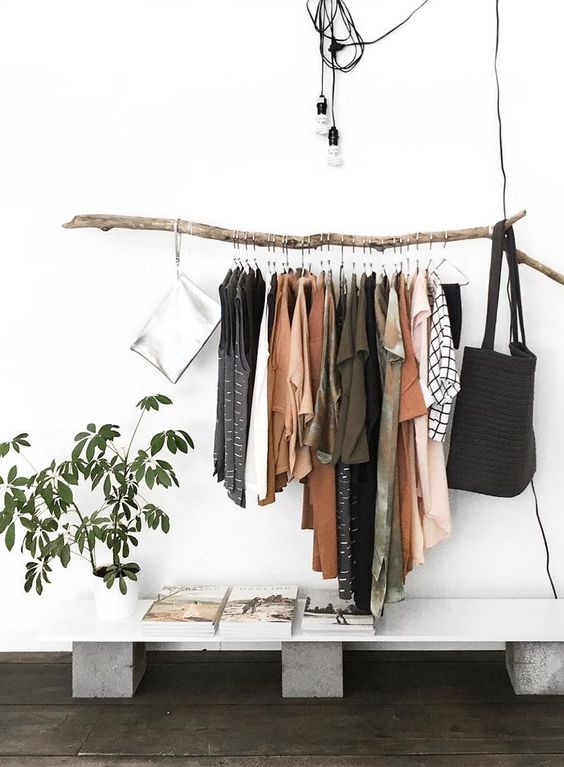
conscious capsule closet
-by Mehvish Waqar
The manufacturing and processing of many textiles requires the use of toxic chemicals, which are later dumped into water causing water pollution. According to Alternatives Journal’s article, “How the Fashion Industry is Picking up the Threads After Rana Plaza” an average of 2700 liters of water are needed to produce just one cotton t-shirt. That same amount of water could hydrate you for two and a half years! The water used in production then makes up 17-20 percent of total industrial water pollution. Similarly, the excessive fossil fuel emissions lead to global warming. Not only that, but often times there’s a lot of unethical labor exploitation involved in the process. To sum it up, there’s a lot of ugliness behind the amazing clothes that we see glamorously being worn by the mannequins in our favorite brand stores.
If we can drink all those green smoothies and eat green salads just to keep our body healthy & to get rid of all the toxins, it is becoming equally important for us to invest in green (eco-friendly) clothing to keep our society & environment healthy!
All this has led to the emergence of a lot of “Eco-friendly brands” which encourage consumers to have a socially motivated lifestyle. Ethical fashion is an umbrella term which aims at maximizing the benefit to people while minimizing the negative impact on the environment.
Examples of US based brands which focus on ethical production, organic materials, and environment friendly production include
Everlane (Focuses on ethical production process & transparency)
Patagonia (Environmentally sustainable production, Organic cotton)
Alternative Apparel (Ethical production, 70% sustainable materials, Green Certified)
HOPE Made in the World (Eco-friendly, Child-labor free)
The list of such conscious brands is never ending. However, just to include a few more I would mention Siizu which uses 100% organic cotton, Eileen Fisher which uses sustainable materials and practices, H&M conscious which focuses on minimizing wastage, Pact Apparel uses organic cotton, YSTR uses sustainable production and Beed & Reel which offers an eco-friendly, cruelty free vegan clothing line.
Ethical fashion is developing accessibility and appeal. Many more firms are now focusing on using organic fabrics, non-toxic low impact dyes, recycled products and trying to minimize the wastage of resources. We as consumers, should also make an effort to build up a conscious wardrobe. Many celebrities are also endorsing this concept including Victoria Beckham, Anne Hathaway, Emma Watson, and Sir Richard Branson.

Victoria Beckham: The former Spice Girl and current fashion designer has shown her support for ethical fashion in an exclusive range for online store Net-A-Porter’s Green Carpet Capsule Collection.
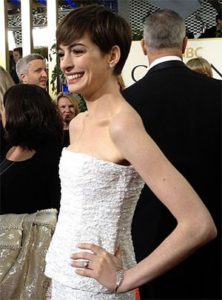
Anne Hathaway: The Academy Award-winning actress has become known for choosing vegan shoes for events and photo shoots.
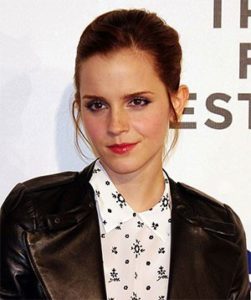
Emma Watson: The former Harry Potter star, is well aware of the ethical responsibilities of the fashion world. “…I wanted to be able to buy fashion knowing that it’s not harming the person who made it or the environment,” she says in an interview with InStyle.magazine.
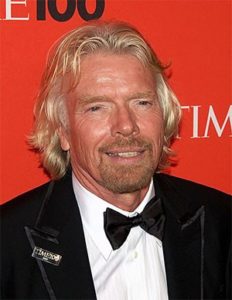
Sir Richard Branson: The man behind the Virgin brand is also backing eco fashion in the air. In 2014, Branson and UK designer Vivienne Westwood launched the new range of Virgin Atlantic uniforms, made with recycled plastics.
Interestingly, these eco-friendly & sustainable brands do not limit themselves to the production of clothes only, in fact they produce shoes, accessories, active wear and lingerie (etc). Moreover, they have clothing lines for men, women and children, ensuring that nobody is deprived of a conscious wardrobe. With so much variety and so many brands out there which cater to our needs it should not be difficult for anyone to build a more conscious wardrobe.
-M.W

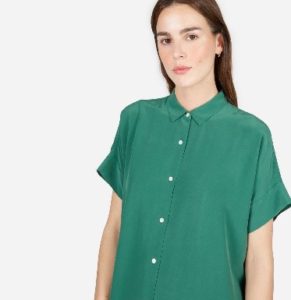
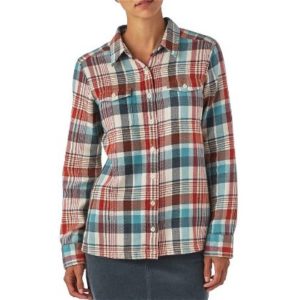
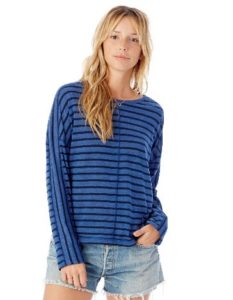
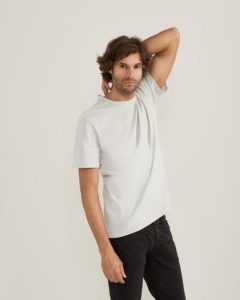
7 comments
Really I am convinced. Go on to write more.
Javaid mallick
Marvellous Attempt. Keep it up
Proud of you.
Loved the article. This is great insight. I wish the cost of this wardrobe was affordable.
Good work mehwey!
Wow an eye opener ….didn’t know a lot was going in making a Tshirt … great article …
Thanks a lot everyone for your appreciation 🙂
Just wish these eco-friendly objects were also pocket friendly.. Great article!